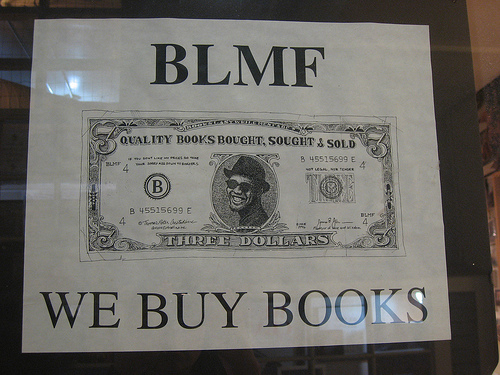I can’t believe I almost missed the most hilarious music news of recent times. Apparently, Coldplay’s recent single Viva La Vida was ripped off from Joe Satriani’s If i Could Fly, and the matter has been settled out of court.
Firstly, if this is true, my zealous dislike of the MOR kings has eleviated somewhat, Coldplay listen to axe-god shocker!!! and secondly, if this is true, where did they go wrong.
At the tender age of eleven or twelve, having recently started to learn to play guitar (or perhaps having reached my first of many plateaus of disinterest – learning instruments has always been antithetical to my patience for learning manual skills), my father booked tickets to see the famous G3 tour – every guitar heros dream before Playstation 3 was invented – in which the fearsome trio of Yngwie J. Malmsteen, Steve Vai and Joe Satriani performed back to back, and then together a little bit… oodles of fretboard canoodling.
The spectacle was enlightening and one i’ve never quite forgotten. The noise was phenomenal. My first concent: still one to be rivalled with (but for my friend Mark’s enviable boast of Meatload). Seeing the mikly gleen of Satriani’s barren forehead nodding gently along as his fingers raced across the surface of his silver-surfer of a guitar was a spectacle indeed. So was the trip home, headache and tinitus in tow, where a brummie woman lay passed out across four seats of the train brandishing a half full glass of wine and a teddy bear inexplicably.
What’s more, the soft metal on offer was inspiring and exciting to a young indie/rock fan. I had never before met the beast that is the metal spectrum, at which point a thirst was awoken.
As such, to hear that the staid peddlers of soft radio-friendly singa longa pop ditties might have incorporated into thei stadium-aimed sounds (when did stadium ‘rock’ start being so wet?) something of their stadium ROCK forefathers seemed to complete the cycle, so to speak. Son embraces and repeats lesson of father!
My befuddlement, however, fell somewhere in line with what Coldplay’s lawyers originally presented as a defence based on Satch’s lack of “originality”. The similarities lie surely in the chord progression and the chord progression alone, something one can hardly hardly lay claim to possessing any more than artist can of their tools: style, colour mixing, brushwork etc.
In art, such flagrant copying is kindly referred to as “reference”.
In hip hop, it’s called “sampling”.
Whatever the name, it reveals a sense of respect paid, and what’s more, can be no more curtailed than it can be called out.
Picasso devoted much of his career to flagrantly stealing the ideas and experiments of his artistic friends and forefathers. “Bad artists copy, good artists steal” he once said. “If there is something to steal, I steal it” was another. Except such a notion not only exonerates Coldplay (and every other band accused of theft), but also aggrandises them. Coldplay don’t need to be any bigger. God damn, let them go away!
The Chapman Brothers, too, have peddled a career in theft brazenly and arrogantly, annotating and re-selling Goyas, and painting gaudy rainbows in watercolours by none other than Herr Hitler.
Even a recent exhibition by Jasper Joffe seemed a continuation of the pattern whereby every ten years or so since Baldessari, an artist destroys/ gets rid of/ renounces his lifes work/ possessions in order to start again/ make some money. My father even did it c. 1973., after which he became the wonderful watercolourist he is today.
The final nail in the coffin of all this is youtube’s lesson to me that it would appear Satriani much more closely ripped off the Argentinian band Enenitos Verdes than those little foppish twats ripped him off.
Call it pastiche and lighten up I say. Satriani should be glad of the coverage and that someone might still care, I hadn’t thought about that evening when I first embraced him for years, and since then I have returned to his classic album Surfing with the Alien with both amusement and delight; cheesy soft-cock-rock at its best, and a salutation to the axe.








